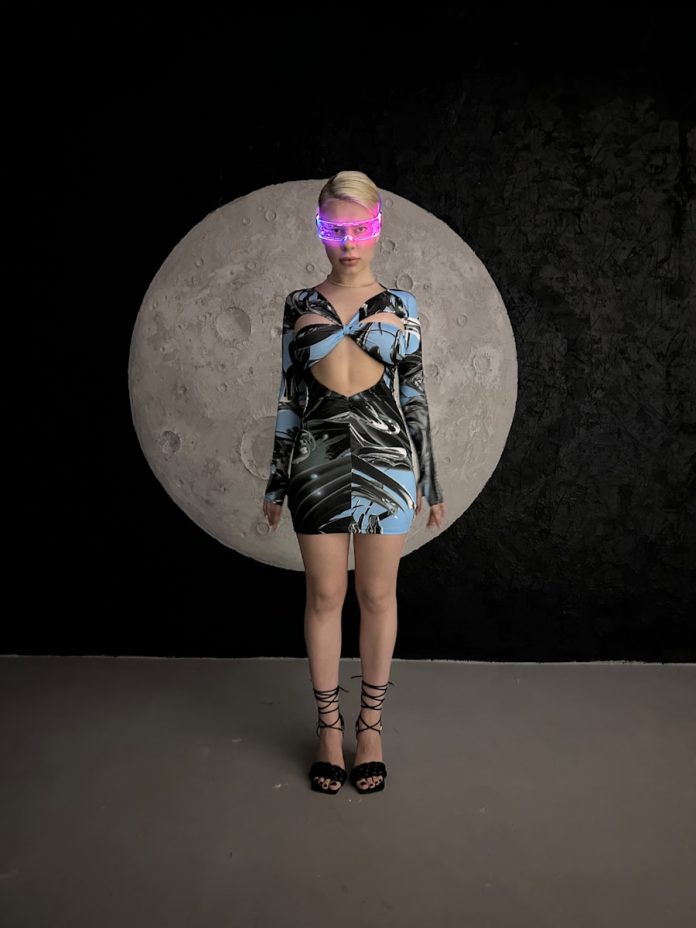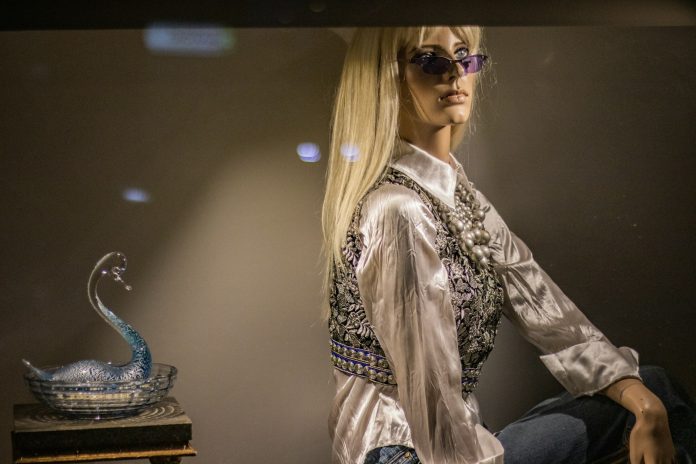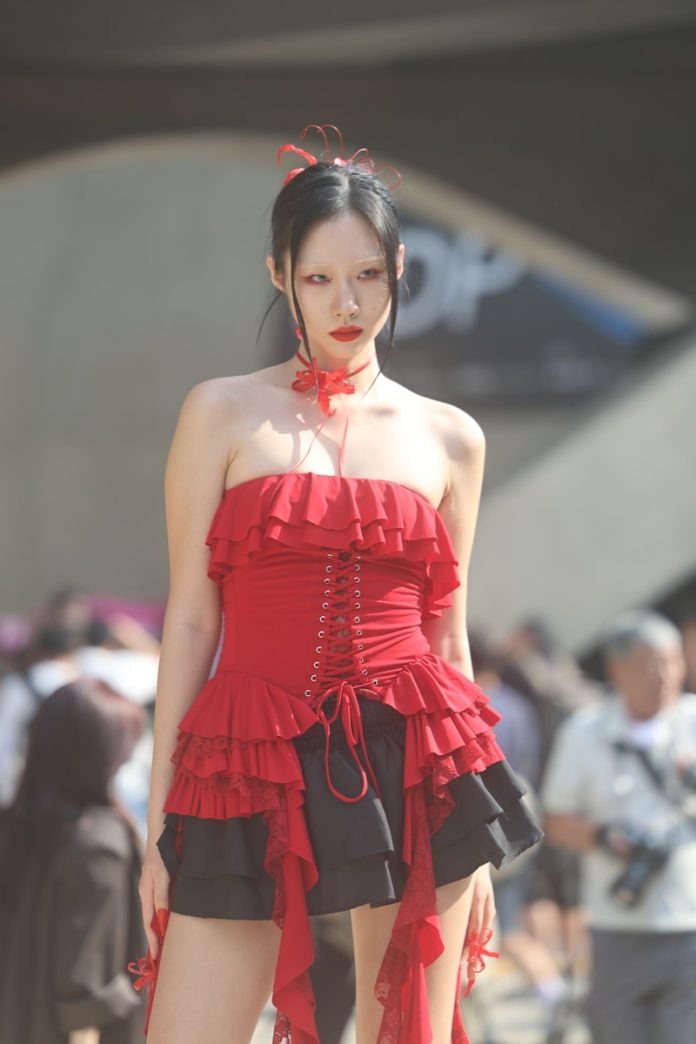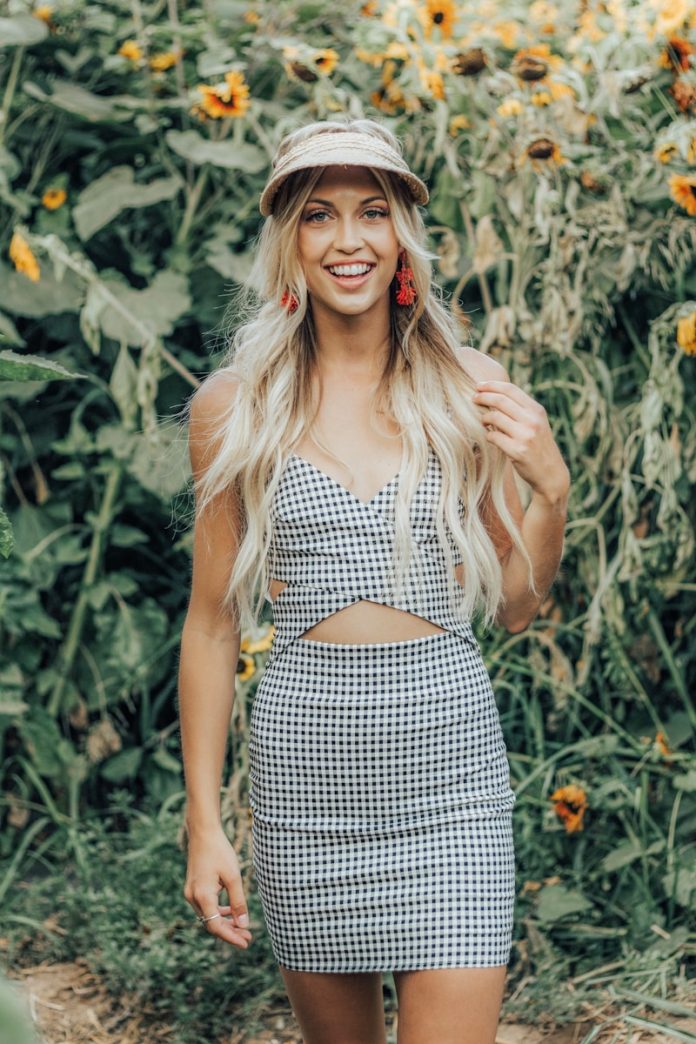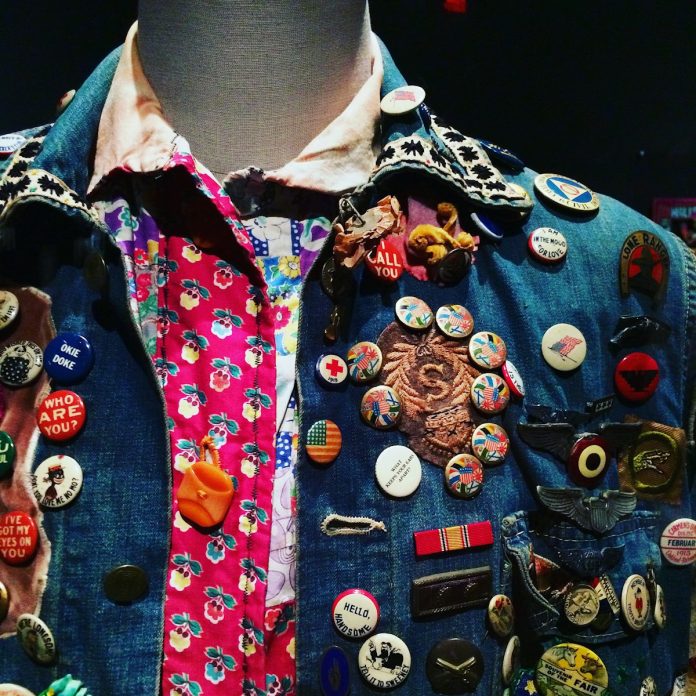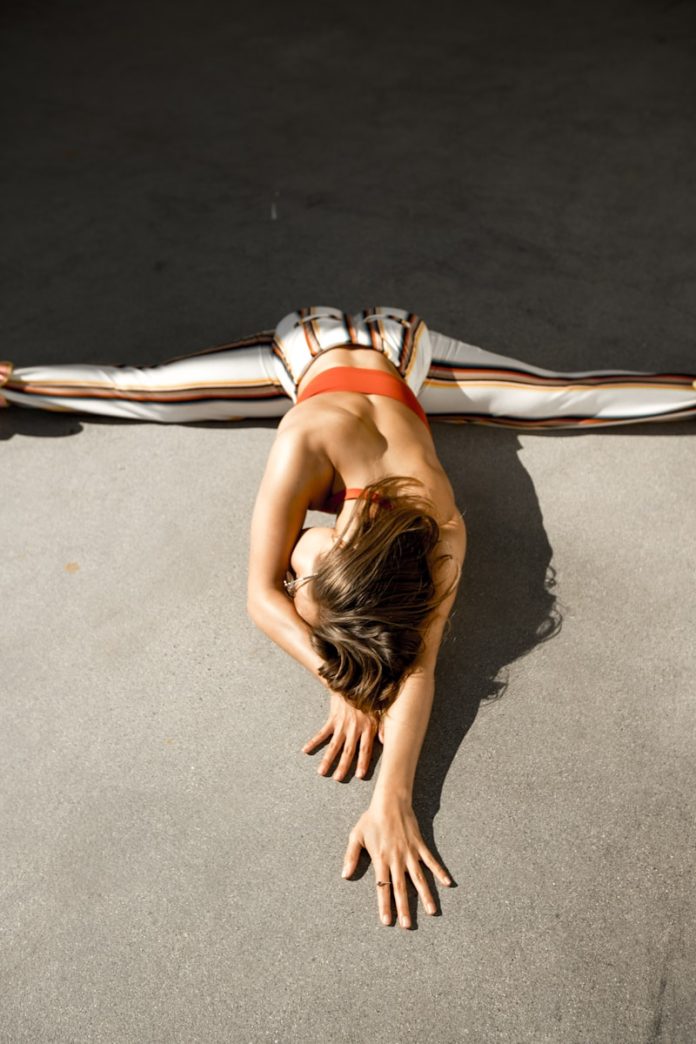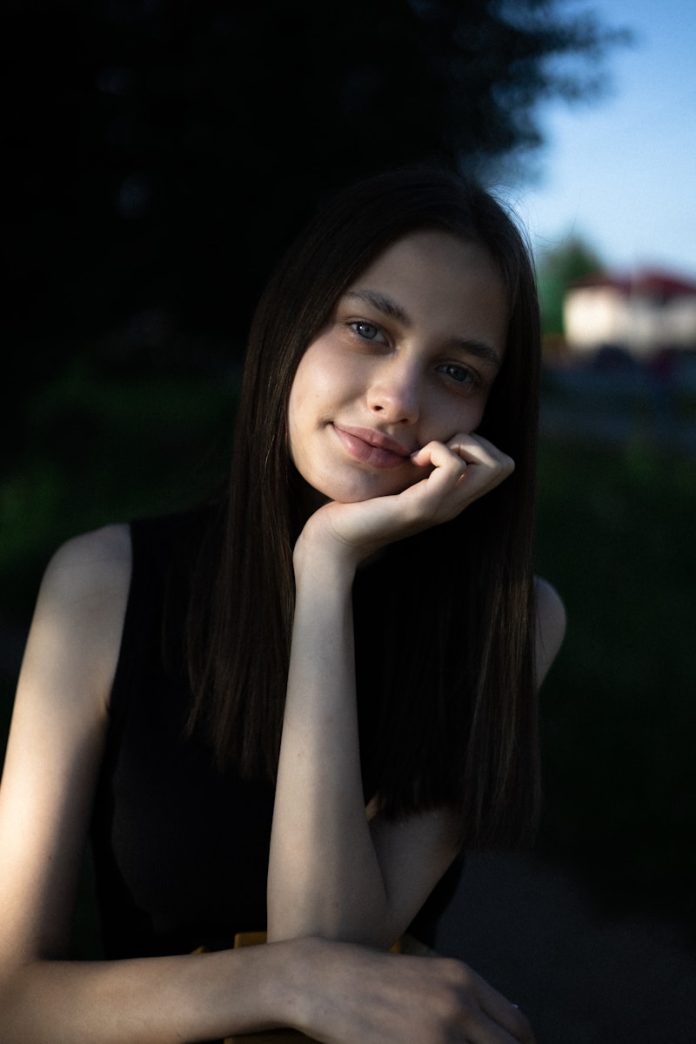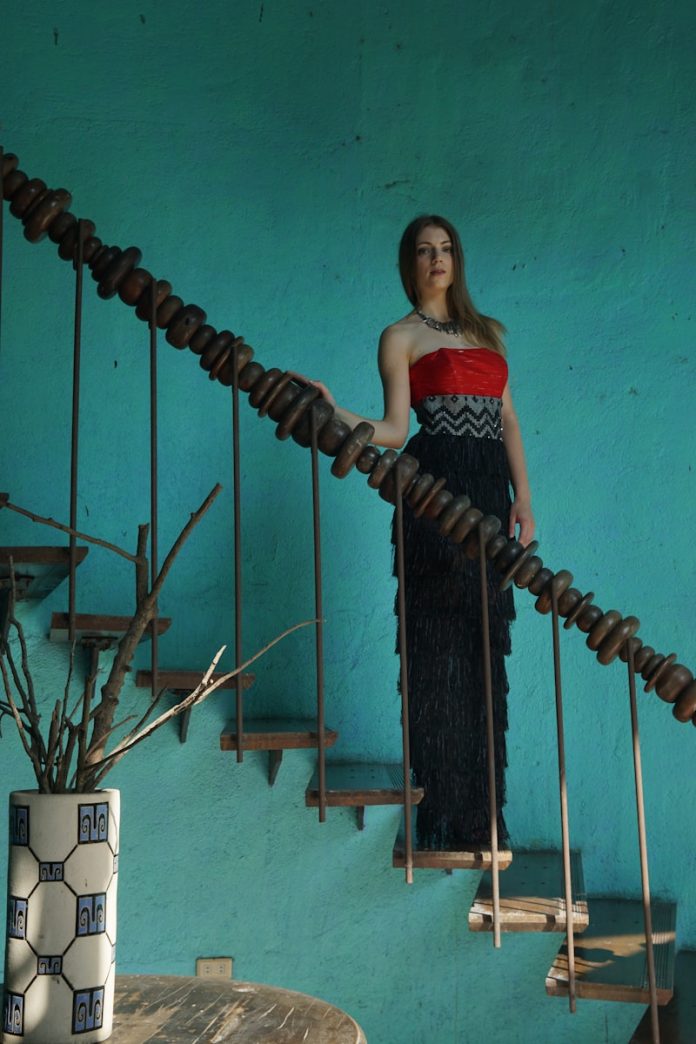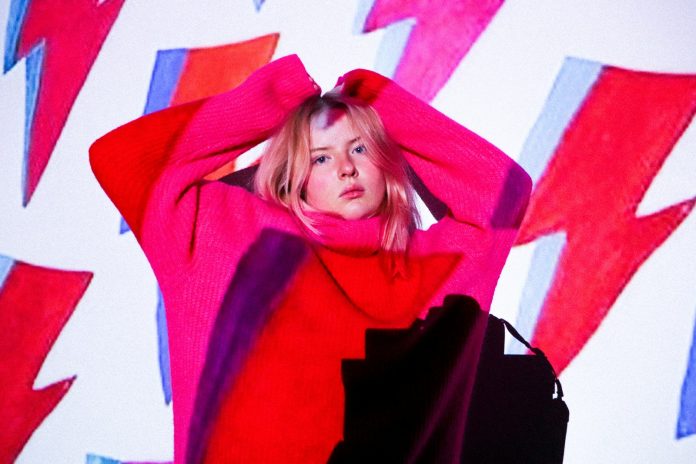In the ever-evolving world of fashion, one decade seems to continually resurface with renewed relevance and influence— the 1970s. What was once considered a time of bohemian exuberance, disco fever, and punk rebellion is now a wellspring of modern-day nostalgia. Fashion trends from the ’70s, characterized by vibrant colors, bold patterns, and experimental silhouettes, have made a striking comeback in recent years, sparking a movement in style that celebrates both the era’s audacity and its unashamed individualism. Today, this new wave of ’70s-inspired fashion is infused with a contemporary sensibility that speaks to a generation yearning for connection to a past that once promised freedom, creativity, and rebellion.
This resurgence of ’70s style is more than just a nostalgia trip. It represents a broader cultural trend where past aesthetics are no longer viewed through the lens of outdated kitsch or retro chic, but instead, as a powerful medium for creating modern identities. The ’70s were about breaking boundaries, whether socially, politically, or sartorially, and now, this same spirit of boundary-pushing is inspiring a new generation.
The Rise of Retro Chic
In the early 2000s, ’70s fashion was often seen as something one would only reference with a certain ironic distance—a fun costume party theme or a nod to vintage style for those truly dedicated to retro looks. But as the years have gone by, something remarkable has happened. What was once a far-off era has now become an essential reference point for today’s designers and stylists. Whether it’s the bold psychedelic prints, the bell-bottom jeans, or the all-encompassing influence of disco glamour, the 1970s aesthetic is no longer limited to the domain of fashion “revivals” or fleeting trends. Instead, it’s a crucial part of the present-day fashion narrative, evoking an air of freedom and fun that is particularly appealing in today’s often uncertain world.
But what makes the ’70s fashion so timeless? Part of the answer lies in the period’s embrace of self-expression. Unlike the rigid norms of the preceding decades, the ’70s encouraged people to dress however they felt—whether that was through flowing hippie-inspired attire, the structured elegance of tailored suits, or the glitz and glamour of nightclub outfits. This embrace of diversity, this melding of cultural influences, has struck a chord with modern-day consumers. Today’s style-makers are embracing the ‘anything goes’ mentality that dominated fashion in the ’70s, pushing forward with an eclectic mix of influences that seamlessly blend old and new.
Key Elements of ’70s Fashion in Today’s Wardrobe
In many ways, the 1970s were a reaction to the conformist norms of the 1950s and 1960s. People wanted freedom, not only politically, but in how they presented themselves to the world. In today’s modern world, the same desire for self-expression remains. People are seeking more than ever ways to reclaim their individuality, especially in an era when the digital age has made the world smaller and personal expression more complex. In this context, 1970s style elements such as high-waisted jeans, psychedelic prints, and oversized blazers have made their way into the wardrobes of fashion-forward individuals everywhere.
One of the most notable elements of ’70s fashion is the resurgence of the bell-bottom pant, a staple of the decade. Once popularized by rock stars and the counterculture movement, these pants have evolved into modern-day flares and wide-leg trousers, often paired with contemporary tops and footwear to maintain a fresh, modern silhouette. Whether in denim or more luxurious fabrics like velvet, bell-bottoms are often paired with oversized jackets, another staple of ’70s fashion, or flowy blouses that channel the laid-back boho style.
The bold use of color is also a hallmark of ‘70s fashion. Bright oranges, yellows, and earth tones—together with patterns like paisleys, geometric shapes, and floral motifs—have made their way back into mainstream fashion. These colors and patterns bring energy to contemporary outfits and are often used to offset the sleek minimalism that is typical of the past decade. The integration of these vintage-inspired patterns has given rise to a style that is playful, but also infused with a sense of individuality and creative flair.
From Disco to Streetwear: Bridging Eras
In addition to the bohemian and hippie influences, disco culture profoundly impacted the sartorial choices of the 1970s. Metallic fabrics, sequins, and platform shoes were all part of the world of glittering clubs and dancing till dawn. Today, we see echoes of this glitz and glamour, albeit in a more understated or street-smart context. The evolution of sneakers, for example, has incorporated metallic tones and platform designs reminiscent of the ’70s, while the casualization of everyday wear is bringing back some of the bold elements of the disco era, like sequins and satin, but in a more street-savvy context.
The current fashion landscape also sees the ‘70s-influenced aesthetics merging with streetwear. This combination, sometimes called “vintage streetwear,” fuses the laid-back, rebellious ethos of the ’70s with the urban edge that defines modern street fashion. Skate culture, hip hop, and street style, all of which have roots in countercultural movements of the 1970s, are reflected in today’s fashion scene. Hoodies, bomber jackets, and oversized sweatshirts might be paired with flare jeans or bold prints reminiscent of ’70s patterns, creating a mashup of past and present.
This blending of the ’70s with contemporary streetwear also speaks to how deeply the ’70s impacted subcultures. The era’s influence on music—especially the rise of punk, disco, and rock—has long been a major driver of fashion trends. From the DIY ethos of punk rock to the flamboyant outfits of rock stars like David Bowie and Elton John, the 1970s were defined by a rebellion against the establishment, a spirit of creativity that continues to influence fashion today.
A Rejection of Perfection
In addition to its eclecticism, another reason for the renewed interest in ’70s fashion is the rejection of perfection that it embodies. Today’s culture is constantly inundated with polished, flawless images on social media and the media at large. The ’70s, by contrast, were a time when imperfect, individualized dressing was celebrated. Whether it was the carefreeness of the bohemian look or the deliberately disheveled appearance of punk, ’70s fashion was about embracing personality over uniformity. Today, this ethos resonates strongly with those who seek to escape the pressure of looking “perfect” and prefer instead to express their authentic selves through fashion.
This rejection of perfection is perhaps best seen in the casual, laid-back nature of many ’70s outfits, which embraced comfort and ease. Flowy dresses, loose trousers, and oversized blazers were not just styles of the time, but embodied the free-spirited, anti-establishment attitudes that defined the decade. Today, these styles have been updated to suit modern lifestyles while maintaining that same carefree vibe.
The ’70s Influence on Modern Designers
It is not just the general public that has embraced the resurgence of ‘70s fashion. Many contemporary designers are mining the decade for inspiration, reinterpreting classic looks with a modern twist. Designers like Saint Laurent, Gucci, and Prada have consistently incorporated elements of ’70s style into their collections, bringing back the flared pants, patterned blouses, and platform shoes in high-fashion contexts.
But these modern interpretations of ‘70s style aren’t simply about nostalgia. Designers today are using ‘70s-inspired aesthetics to create something new. The ‘70s were about breaking rules, and today’s designers are still embracing that spirit of rebellion, reimagining what those clothes mean in the context of today’s world. This fresh take on ‘70s fashion is about celebrating creativity, individuality, and freedom—values that continue to resonate with today’s generation.

